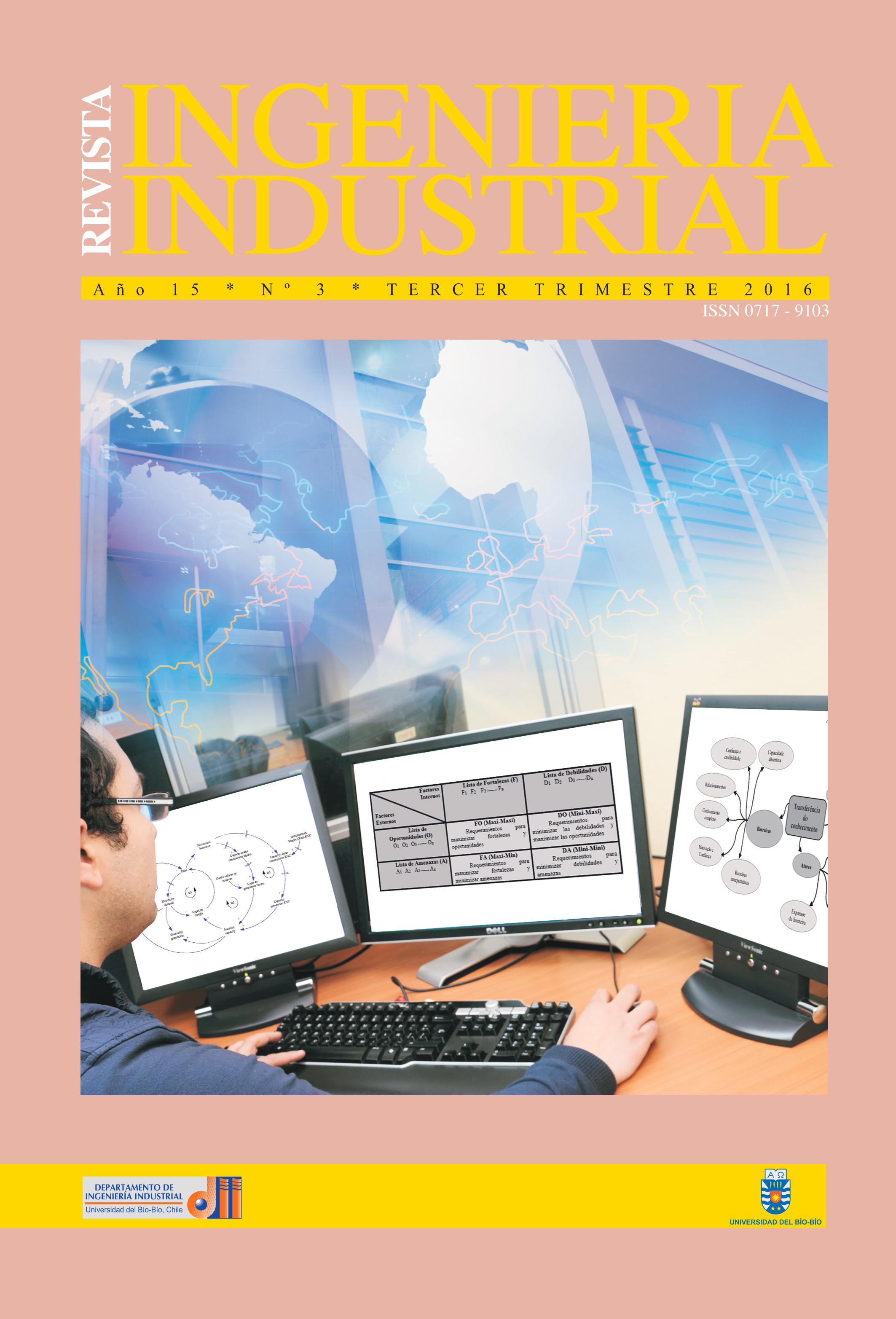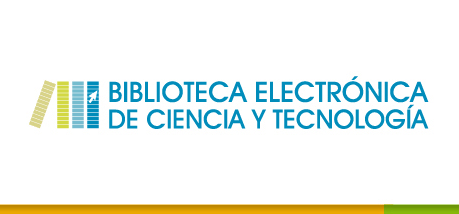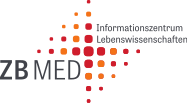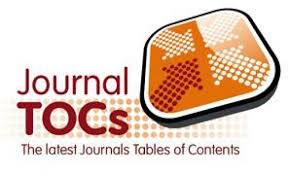Revisão sobre redes sociais: aplicações e contribuições para a gestão do conhecimento
Palabras clave:
Redes Sociais, Análises das Redes Sociais, Transferência de ConhecimentoResumen
Este trabalho apresenta uma abordagem sobre redes sociais intraorganizacionais usados em estudos anteriores. Mais especificadamente, identificam-se métodos de coleta de dados em redes sociais, a constituição da sua estrutura organizacional e as influências e fatores das redes sociais perante a transferência do conhecimento. O levantamento foi realizado através de uma revisão sistemática da literatura e algumas etapas foram estabelecidas baseada no protocolo Prisma. Foram selecionados 55 artigos dos quais os principais resultados apresentam: (i) as principais análises de redes utilizadas em pesquisas, (ii) como se consolidam as estruturas das mesmas no âmbito pessoal e organizacional, (iii) e quais os fatores que travam a transferência do conhecimento na estrutura organizacional.
Descargas
Citas
ALBERS, R., DOLFSMA, W., and KOPPIUS, O. Rich ties and innovative knowledge transfer within a firm. British Journal of Management, 2013b, 25(4), p. 833–848.
ALLEN, J., JAMES, A. D., and GAMLEN, P. Formal versus informal knowledge networks in R&D: A case study using social network analysis. R&D Management, 2007, 37(3), p. 179–196.
ARGOTE, L., and MIRON-SPEKTOR, E. Organizational learning: From experience to knowledge. Organization Science, 2011, 22(5), p. 1–39.
BAE, J., and KOO, J. Information loss, knowledge transfer cost and the value of social relations. Strategic Organization, 2008, 6(3), p. 227–258.
Borgatti , S.P. Centrality and network flow. Social Networks, 2005, 27(1), p. 55–71.
BORGATTI, S. P., and CROSS, R. A relational view of information seeking and learning in social networks. Management Science, 2003, 49(4), p. 432–445.
Borgatti , S. P., et al. Network analysis in the social sciences. Science, 2009, 323(5916), p. 892–895.
BROWN, S.A., DENNIS, A. R., and BURLEY, D. Knowledge sharing and knowledge management system avoidance: The role of knowledge type and the social network in by
passing an organizational knowledge management system. Journal of the Association for Information Science and Technology, 2013, 64(10), p. 2013–2023.
CHAN, K., and LIEBOWITZ, J. The synergy of social network analysis and knowledge mapping: a case study. International Journal of Management and Decision Making, 2006, 7(1), p. 19-35.
CROSS, R., and CUMMINGS, J. N. Tie and network correlates of individual performance in knowledge intensive work. Academy of Management Journal, 2004, 47(6), p. 928-937.
DONG, S., JOHAR, M., and KUMAR, R. Understanding key issues in designing and using knowledge flow networks: An optimization-based managerial benchmarking approach. Decision Support Systems, 2012, 53(3), p. 646–659.
FLIASTER, A., and SCHLODERER, F. Dyadic ties among employees: Empirical analysis of creative performance and efficiency. Human Relations, 2010, 63(10), p. 1513–1540.
FRANK, A., and RIBEIRO, J. An integrative model for knowledge transfer between new product development project teams. Knowledge Management Research & Practice, 2014, 12(2), p. 215–225.
GUBBINS, C., and DOOLEY, L. Exploring social network dynamics driving knowledge management for innovation. Journal of Management Inquiry, 2013, 23(2), p. 162–185.
HANSEN, M.T. The search-transfer problem: The role of weak ties in sharing knowledge across organization subunits. Administrative Science Quarterly, 1999, 44(1), p. 82–111.
HANSEN, M.T. Knowledge networks: Explaining effective knowledge sharing in multiunit companies. Organization Science, 2002, 13(3), p. 232–248.
HANSEN, M.T., MORS, M.L., and LOVAS, B. Knowledge sharing in organizations: Multiple networks, multiple phases. Academy of Management Journal, 2005, 48(5), p. 776–793.
HENTTONEN, K. Exploring social networks on the team level - A review of the empirical literature. Journal of Engineering and Technology Management, 2010, 27(1), p. 74–109.
HENTTONEN, K., JANHONEN, M., and JOHANSON, J. Internal social networks in work teams: structure, knowledge sharing and performance. International Journal of Manpower, 2013, 34(6), p. 616–634.
JANHONEN, M., and JOHANSON, J. Role of knowledge conversion and social networks in team performance. International Journal of Information Management, 2011, 31(3), p. 217–225.
KANG, M., and KIM, B. Embedded resources and knowledge transfer among R&D employees.
Journal of Knowledge Management, 2013, 17(5), p. 709–723.
KANG, M., and KIM, Y.G. A multilevel view on interpersonal knowledge transfer. Journal of the American Society for Information Science and Technology, 2010, 61(3), p. 483–494.
KANG, M., and SAUK HAU, Y. Multi-level analysis of knowledge transfer: a knowledge recipient’s perspective. Journal of Knowledge Management, 2014, 18(4), p. 758–776.
KANG, M., KIM, Y.G., and BOCK, G.W. Identifying different antecedents for closed vs open knowledge transfer. Journal of Information Science, 2010, 36(5), p. 585–602.
KIM, Y.G., et al. Trailing organizational knowledge paths through social network lens: integrating the multiple industry cases. Journal of Knowledge Management, 2014, 18(1), p.38–51.
KRATZER, J., GEMÜNDEN, H. G., and LETTL, C. Balancing creativity and time efficiency in multi-team R&D projects: The alignment of formal and informal networks. R&D Management, 2008, 38(5), p. 538–549.
LEE, S., and LEE, C. Creative interaction and multiplexity in intraorganizational networks. Management Communication Quarterly, 2014, 29(1), p, 56–83.
LEVIN, D.Z., and CROSS, R. The strength of weak ties you can trust: The mediating role of trust in effective knowledge transfer. Management Science, 2004, 50(11), p. 1477–1490.
LEVIN, D.Z., et al. Relational enhancement: how the relational dimension of social capital unlocks the value of network-bridging ties. Group & Organization Management, 2016, 41(4), p. 415–457.
LIANG, H., SHIH, H., and CHIANG, Y. Team diversity and team helping behavior: The mediating roles of team cooperation and team cohesion. European Management Journal, 2015, 33(1), p. 48–59.
LIN, S.W., and LO, L. Y.S. Mechanisms to motivate knowledge sharing: integrating the reward systems and social network perspectives. Journal of Knowledge Management, 2015, 19(2), p. 212–235.
LOMI, A., PATTISON, P. E., and ROBINS, G. The focused organization of advice relations: A study in boundary crossing. Organization Science Publication, 2014, 25(2), p. 438–457.
MAROUF, L.N. Social networks and knowledge sharing in organizations: a case study. Journal of Knowledge Management, 2007, 11(6), p. 110–125.
MARSDEN, P.V. Egocentric and sociometric measures of network centrality. Social Networks, 2002, 24(4), p. 407–422.
KUTZSCHENBACH, M., and BRONN, C. You can’t teach understanding, you construct it: Applying social network analysis to organizational learning. Procedia - Social and Behavioral Sciences, 2010, 4, p. 83–92.
MOHER, D., et al. Reprint--preferred reporting items for systematic reviews and metaanalyses: the PRISMA statement. Physical Therapy, 2009, 89(9), p. 873–80.
MU, J., TANG, F., and MACLACHLAN, D.L. Absorptiveand disseminative capacity: Knowledge transfer in intra-organization networks. Expert Systems with Applications, 2010, 37(1), p. 31–38.
PENG, J., ZHANG, G., FU, Z., and TAN, Y. An empirical investigation on organizational innovation and individual creativity. Information Systems and E-Business Management, 2014, 12(3), p. 465–489.
REAGANS, R., and MCEVILY, B. Network structure and knowledge transfer: The effects of cohesion and range ray. Administrative Science Quarterly, 2003, 48(2), p. 240–267.
REAGANS, R., and ZUCKERMAN, E. W. Networks, diversity, and productivity: The social capital of corporate R&D teams. Organization Science, 2001, 12(4), p. 502–517.
REINHOLT, M., PEDERSEN, T., and FOSS, N.J. Why a central network position isn’t enough: The role of motivation and ability for knowledge sharing in employee networks. Academy of Management Journal, 2011, 54(6), p. 1277–1297.
RODAN, S. Structural holes and managerial performance: Identifying the underlying mechanisms. Social Networks, 2010, 32(3), p. 168–179.
RODAN, S., and GALUNIC, C. More than network structure: How knowledge heterogeneity influences managerial performance and innovativeness. Strategic Management Journal, 2004, 25(6), p. 541–562.
SOSA, M.E. Where Do Creative Interactions Come From? The Role of Tie Content and Social Networks. Organization Science, 2011, 22(1), p. 1–21.
SU, C., HUANG, M., and CONTRACTOR, N. Understanding the structures, antecedents and outcomes of organisational learning and knowledge transfer: a multi-theoretical and multilevel network analysis. European J. of International Management, 2010, 4(6), p. 576-601.
SZULANSKI, G. Impediments to the transfer of best practice within the firm. Strategic Management Journal, 1996, 17(1), p. 27–43.
TASSELLI, S. Social networks of professionals in health care organizations: a review. Medical Care Research and Review, 2014, 71(6), p. 619–660.
TASSELLI, S. Social networks and inter-professional knowledge transfer: The case of healthcare professionals. Organization Studies, 2015, 36(7), p. 841– 872.
TASSELLI, S., and BORGONOVI, E. Knowledge transfer and social networks in health care. Academy of Management Proceedings, 2013, 1(1), p. 1–37.
TORTORIELLO, M., REAGANS, R., and MCEVILY, B. Bridging the knowledge gap: The influence of strong ties, network cohesion, and network range on the transfer of knowledge between organizational units. Organization Science, 2012, 23(4), p. 1024–1039.
TSAI, W. Social capital, strategic relatedness and the formation of intraorganizational linkages. Strategic Management Journal, 2000, 21(9), p. 925–939.
TSAI, W. Knowledge transfer in intraorganizational networks: Effects of network position and absorptive capacity on business unit innovation and performance. Academy of Management Journal, 2001, 44(5), p. 996-1005.
TSAI, W. Social structure of “coopetition” within a multiunit organization: Coordination, competition, and intraorganizacional knowledge sharing. Organization Science, 2002. 13(2), p. 179–190.
VIEIRA, L.C., and AMARAL, F.G. Barriers and strategies applying Cleaner Production: A systematic review. Journal of Cleaner Production, 2015, 113, p. 5–16.
WANG, S., and NOE, R. A. Knowledge sharing: A review and directions for future research. Human Resource Management Review, 2010, 20(2), p.115–131.
WASSERMAN, S. and FAUST, K. Social network analysis: Methods and applications. 8 ed. Cambridge: Cambridge university press. 1994. ISBN 978-0-521-38707.
WEI, J., ZHENG, W. and ZHANG, M. Social capital and knowledge transfer: A multi-level analysis. Human Relations, 2011, 64(11), p. 1401–1423.
WERNER, K., DICKSON, G. and HYDE, K. F. Learning and knowledge transfer processes in a mega-events context: The case of the 2011 rugby world cup. Tourism Management, 2015, 48, p. 174–187.
WISE, S. Can a team have too much cohesion? The dark side to network density. European Management Journal, 2014, 32(5), p. 703–711.
WONG, S., HO, V. T. and LEE, C. A power perspective to interunit knowledge transfer: Linking knowledge attributes to unit power and the transfer of knowledge. Journal of Management, 2008, 34(1), p. 127–150.
WONG, S. Judgment about knowledge importance: the roles of social referents and network structure. Human Relations, 2008a, 61(11), p. 1565–1591.
WONG, S. Task knowledge overlap and knowledge variety: The role of advice network structures and impact on group effectiveness. Journal of Organizational Behavior, 2008b, 29(5), p. 591–614.
WU, W., YEH, R. and HUNG, H. Knowledge sharing and work performance: A network perspective. Social Behavior and Personality, 2012, 40(7), p. 1113–1120.
YU, Y., et al. A multilevel model for effects of social capital and knowledge sharing in knowledge-intensive work teams. International Journal of Information Management, 2013, 33(5), p. 780–790.
ZAPPA, P. and ROBINS, G. Organizational learning across multi-level networks. Social Networks, 2015, 44, p. 295–306.
Descargas
Publicado
Número
Sección
Licencia
Revista Ingeniería Industrial by Revista Ingeniería Industrial is licensed under a Creative Commons Reconocimiento 4.0 Internacional License. Creado a partir de la obra en revistas.ubiobio.cl/index.php/RI/. Puede hallar permisos más allá de los concedidos con esta licencia en http://revistas.ubiobio.cl/index.php/RI/about/

















